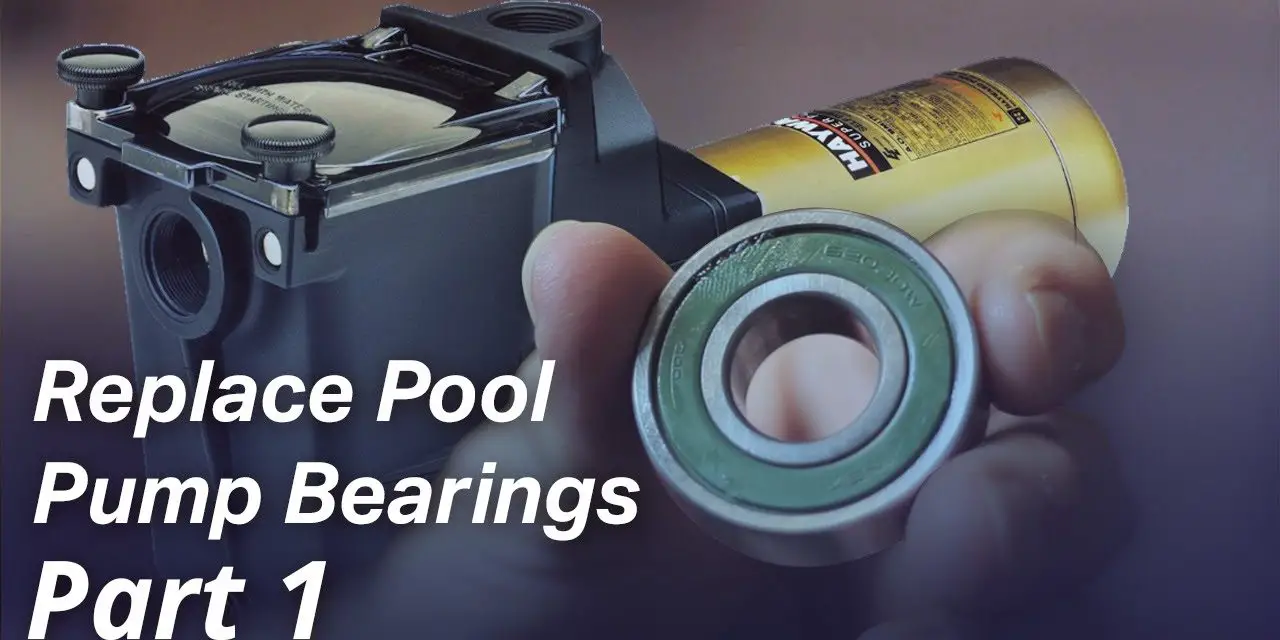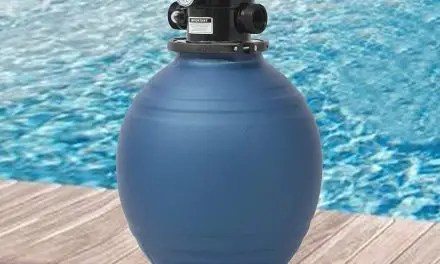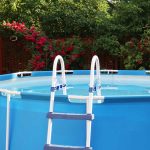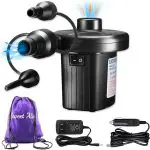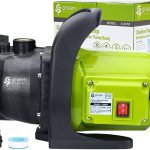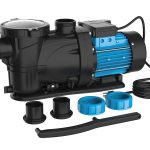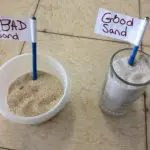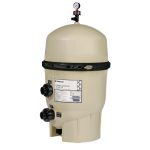To replace a pool pump, disconnect the electric, cut the plumbing, tape the fittings, dry fit, glue pipes to fittings, hook up the neutral wire, install ball valves, and turn on the pump. Additionally, remove the wires from the elbow, remove the motor from the pump, remove the pump fan, transfer the parts to the new motor, install the inner fan, and insert the motor into the pump.
These steps will ensure a smooth and efficient replacement process for your pool pump. For more detailed instructions and visual guides, you can refer to instructional videos available on platforms like YouTube. Remember to prioritize safety and consult a professional if needed.
Step 1: Assessing The Pool Pump Problem
Assess the pool pump for any visible damage or leaks. Look out for any unusual sounds or vibrations coming from the pump. Test the pump’s performance and check if the water circulation is functioning properly. These steps are essential in determining the problem with your pool pump.
By identifying the issue, you will be better equipped to proceed with the replacement process. It is important to address any pool pump problems promptly to ensure the efficient operation of your pool. Taking these initial steps will help you determine the necessary actions to take in replacing your pool pump.
Step 2: Gathering The Necessary Tools And Equipment
To replace a pool pump, the second step is gathering the necessary tools and equipment. This includes listing the tools needed for the replacement process and ensuring their availability. By having all the required equipment on hand, you can efficiently proceed with the pump replacement.
It is essential to have the right tools to prevent any delays or complications during the replacement process. Having a checklist of the necessary tools and making sure they are readily accessible will help streamline the entire process. With the proper tools and equipment ready, you can proceed to the next step of replacing the pool pump with ease.
Step 3: Disassembling The Old Pool Pump
To disassemble the old pool pump and replace it, you need to first shut off the power to the pump. This is crucial for safety purposes. After that, you should drain the pool pump and disconnect it from the plumbing.
This ensures that there is no water flowing through it. Finally, you can remove the motor from the pump housing. This step allows you to access the motor and replace it with a new one. By following these steps carefully, you can easily replace your pool pump and ensure its proper functioning.
Remember to always prioritize safety and refer to the manufacturer’s instructions for any specific guidelines.
Step 4: Choosing The Right Replacement Pool Pump
When it comes to choosing the right replacement pool pump, there are a few factors to consider. First, you need to take into account the size and type of your pool. This will help determine the horsepower and flow rate that your new pump should have.
Second, selecting an energy-efficient model is important to save on electricity costs and reduce your carbon footprint. Look for pumps with high energy efficiency ratings. Lastly, it’s always a good idea to consult with a pool professional if you’re unsure about which pump to choose or if you have any specific requirements or concerns.
They can provide expert advice and guidance to ensure you make the right decision for your pool.
Step 5: Installing The New Pool Pump
To install the new pool pump, begin by positioning it in the designated location. Next, connect the plumbing and electrical components. Make sure everything is secure and aligned properly by securing the pump housing. By following these steps, you can successfully replace your pool pump and ensure its efficient functioning.
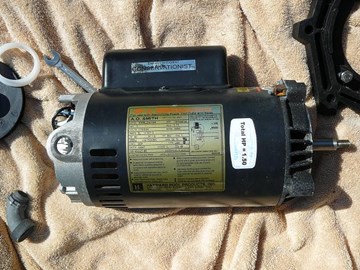
Credit: www.inyopools.com
Step 6: Testing And Adjusting The New Pool Pump
After successfully installing the new pool pump, it’s time to move on to step 6: testing and adjusting the pump for optimal performance. Start by turning on the power and observing the pump’s performance. Make sure the water circulation is running smoothly and adjust the pump settings if necessary.
Check for any leaks or unusual sounds that could indicate a problem. It’s important to ensure that the pump is functioning properly to keep your pool clean and safe. Regular testing and adjustment will help maintain the efficiency of the pump and extend its lifespan.
So, take the time to test and adjust your new pool pump for a worry-free swimming experience.
Step 7: Maintaining The New Pool Pump
Regularly inspect and clean the new pool pump and its components to ensure optimal performance. Follow the manufacturer’s guidelines for maintenance tasks such as lubricating bearings and checking the power cord for any damage. It’s also important to schedule professional inspections and servicing if necessary to address any potential issues before they become major problems.
By taking these steps, you can maintain the efficiency and longevity of your pool pump, ensuring that it continues to operate effectively and keep your pool clean and properly circulated.
Step 8: Troubleshooting Common Pool Pump Issues
To troubleshoot common pool pump issues, start by identifying potential problems such as low flow, air leaks, or motor failure. These issues can often be resolved by checking for clogged filters, ensuring pump seals are tight, or replacing worn-out parts.
If the problem persists or worsens, it is important to seek professional help from a pool technician who can diagnose and fix the issue effectively. Remember to prioritize safety and follow manufacturer guidelines when working on your pool pump. By addressing common pool pump problems promptly, you can ensure optimal performance and prolong the lifespan of your pool equipment.
Frequently Asked Questions Of How To Replace Pool Pump?
Can You Replace Your Own Pool Pump?
Yes, you can replace your own pool pump with proper guidance and knowledge.
How Much Does It Cost To Replace A Whole Pool Pump?
The cost to replace a whole pool pump can vary, but it typically ranges from $500 to $2,000.
How Long Should A Pool Pump Last?
A pool pump should last around 8-10 years with proper maintenance and regular servicing.
Conclusion
To conclude, replacing a pool pump is a necessary task for maintaining the functionality and efficiency of your pool. By following the steps outlined in this blog post, you can successfully replace your pool pump and ensure that your pool remains clean and safe for swimming.
Remember to always disconnect the power supply and follow all safety guidelines when working with electrical equipment. Additionally, it is important to choose a high-quality pump that is suitable for your pool size and requirements. Regular maintenance and inspections of your pool pump will also help to prolong its lifespan and prevent any potential issues.
By staying proactive and taking the necessary steps to replace your pool pump when needed, you can enjoy a refreshing and enjoyable swimming experience all season long.

